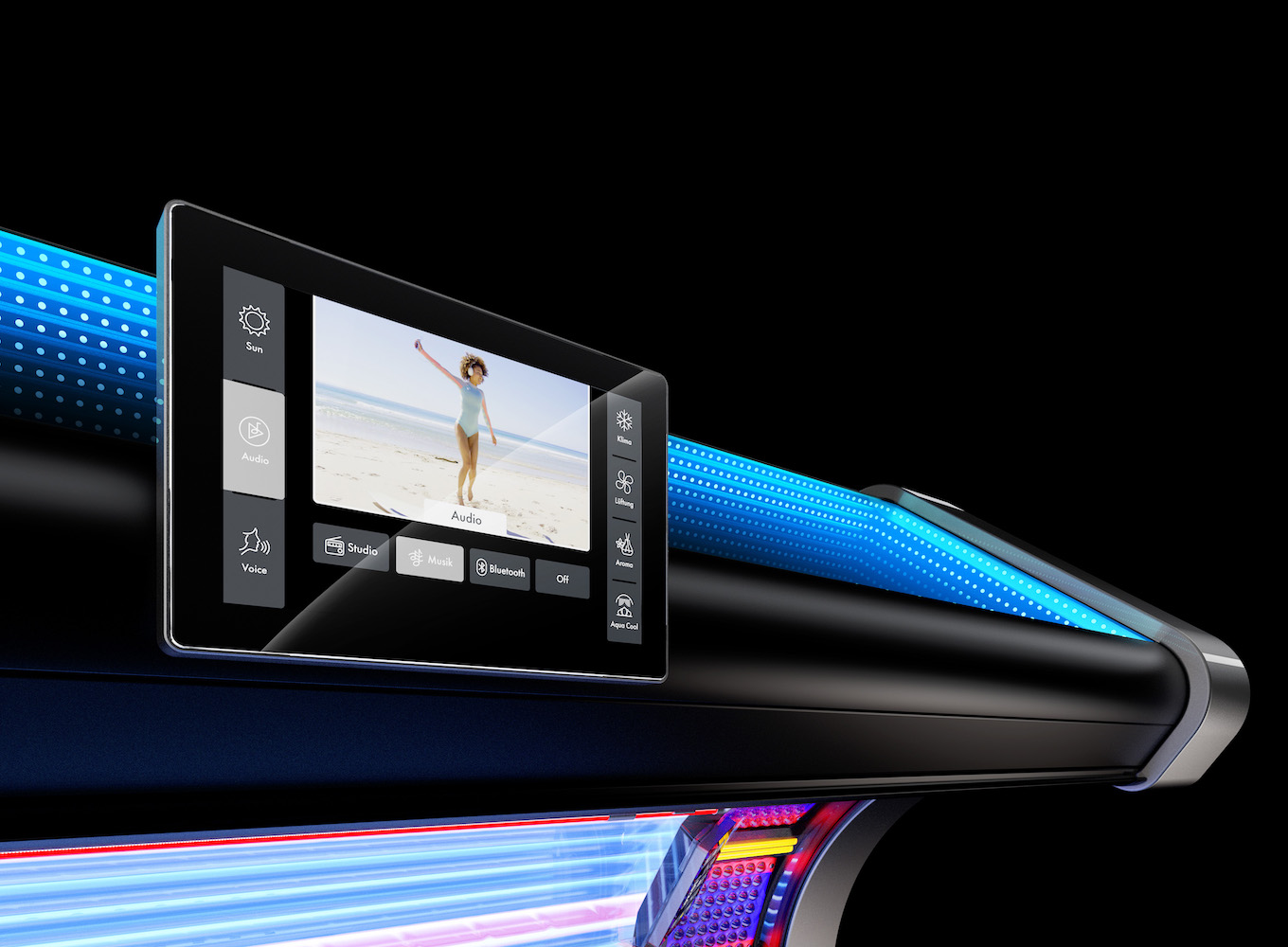The Tanning Industry Comes of Age

When Eric Haynes first started working in tanning, the U.S. “tanning industry” didn’t really even exist yet. While a few businesses specializing in tanning were scattered across the country at that point, Eric, like most other Americans, didn’t know what a tanning bed was until he was presented with the job opportunity.
In 1982, after the current Tanning Supplies Unlimited Vice President of Sales graduated college, he started working on the manufacturing floor at Sun Industries, one of the earliest U.S. manufacturers in Jonesboro, Arkansas. A year later, when he moved into sales, the company sold around 500 units. At that point, Eric probably couldn’t have imagined that he’d still be working in tanning 40 years later, and nobody could have possibly envisioned the equipment technology and business models seen in today’s tanning industry.
Luckily for Eric, his employer, and other early tanning entrepreneurs, it didn’t take long for indoor tanning to experience a meteoric rise.
By 1985, Sun Industries’ sales had skyrocketed to 15,0000 units. The explosion was still primarily based on sales of a unit or two to beauty salons and fitness centers. But, from there, the free market ran its course in rapid fashion. As people began lining up outside of other establishments to use their tanning equipment, many took note of the business opportunity, and standalone tanning salons began to pop up in every community around the country. In 1987, indoor tanning was the fastest growing industry in the country, according to Yellow Pages.
“People saw what was happening at the beauty salons and said we can do nothing but tanning. People didn’t have to wait as long at tanning salons offering ten units. A beauty salon may have had one to three units, and there was a line. Early tanning salons in mass didn’t start coming up until 1987,” Haynes says.
At that point, tanning equipment was already evolving in the U.S., but updates were minimal and mostly aesthetic. Amazingly enough, the technology and appearance of tanning equipment in the late ‘80s closely resembled the majority of the equipment in salons into the early 2000s. Even today, equipment from that era is still in operation in salons, and much of the base-level equipment around today is similar in appearance and function.
Click here to read the entire article in the latest issue of Smart Tan Magazine online.
